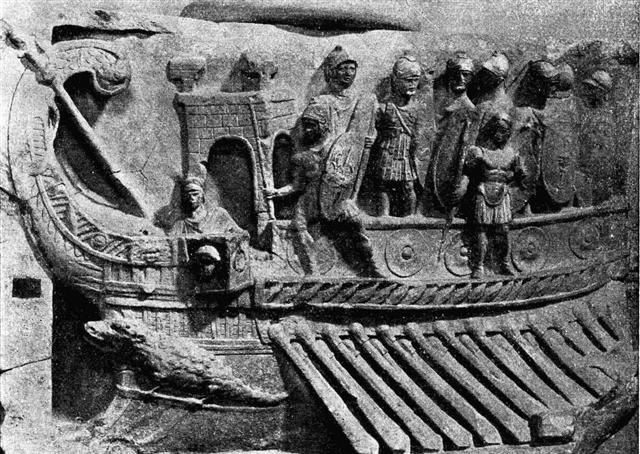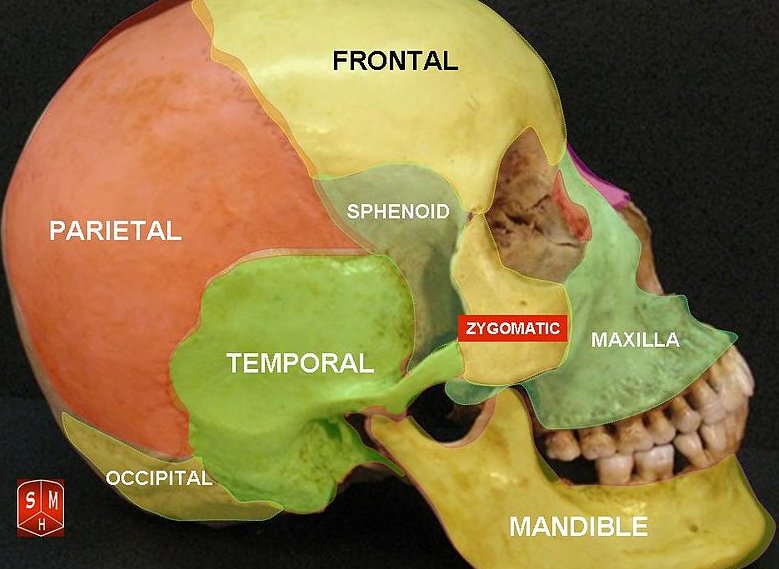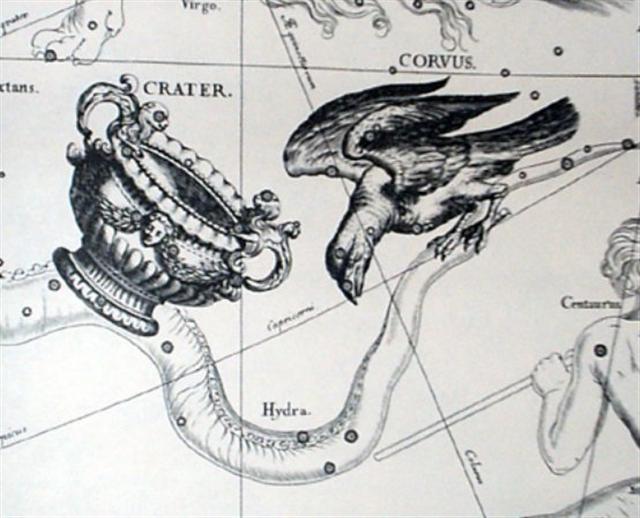Bb11.3
Spica (the Crocodile) should arrive 11 days after Porrima. Spica
(October 9, 282) - Porrima (September 28, 271) = 11.

 |
 |
 |
 |
 |
 |
|
Bb11-6 |
Bb11-7 |
Bb11-8 (426) |
Bb11-9 |
Bb11-10 |
Bb11-11 |
|
Sept 26 |
27 |
28 |
29 |
30 (273 → 3 * 91) |
Oct 1 |
|
γ
Muscae (189.0),
AVIS SATYRA (Bird of the Satyrs) =
η
Corvi
(189.3),
ASTERION (Starry) =
β
Canum Ven.
(189.5),
KRAZ = β Corvi,
κ Draconis (189.7) |
α Muscae (190.2), τ Centauri (190.5), χ Virginis (190.7)
ALDERAMIN (α Cephei) |
Al Áwwā'-11 (The Barker) /
Shur-mahrū-shirū-18 (Front or West
Shur)
SOMBRERO GALAXY = M104 Virginis
(191.1), ρ
Virginis (191.4),
PORRIMA = γ
Virginis,
γ
Centauri (191.5)
*150.0 = *191.4 - *41.4 |
ι Crucis (192.2), β Muscae (192.5),
MIMOSA = β Crucis
(192.9) |
No star listed (193) |
κ
Crucis (194.4),
ψ
Virginis (194.5),
μ
Crucis,
λ
Crucis (194.6),
ALIOTH (Fat Tail) =
ε
Ursae Majoris,
ι
Oct.
(194.8)
*153.0 = *194.4 - *41.4
→
17 * 9 |
 |
|
ma te
tapamea - kua haga - kua ati
ia te kava |
ma te
tapamea kua haga - kua haaati ia a kava |
e tagata rua kua oho kua
hua |
ma to
ihe |
The Crocodile ruled the
dangerous transition zone
between sea and land.

 |
 |
 |
 |
|
Bb11-12 |
Bb11-13 |
Bb11-14 (432) |
Bb11-15 |
|
Oct 2 |
3 |
4 (277 = 80 + 197) |
5 (214 + 64) |
|
JULY 30 (211) |
31 (*132) |
AUG 1 (396 -
183) |
2 (214) |
|
JAN 29 (*314) |
30 |
31 (396) |
FEBR 1 (32) |
|
MINELAUVA
=
δ
Virginis
(195.1),
COR CAROLI =
α
Canum Ven.
(195.3) |
δ
Muscae (196.5) ,
VINDEMIATRIX (Grape Gatherer) =
ε
Virginis
(196.8) |
13h (197.8)
ξ¹ Centauri (197.1), ξ² Centauri (197.9) |
APAMI-ATSA (Child of Waters) =
θ
Virginis,
ψ
Hydrae (198.5),
DIADEM =
α
Com. Ber.
(198.9) |
|
... The medieval names Auva, Al Awwa, and
Minelauva are from the Arabic, meaning 'barking
(dog)'. This star, along with
β
Vir (Zavijava),
γ
Vir (Porrima),
η
Vir (Zaniah) and
ε
Vir (Vindemiatrix), were Al
Awwā, the Barker. On Euphrates it was
Lu Lim, the Gazelle, Goat, or Stag, - or
perhaps King; and, with
ε,
probably Mas-tab-ba, another of the seven
pairs of Twin-stars of that country. The Hindus
called it Āpa, or Āpas, the
Waters; and the Chinese, Tsze Seang, the
Second Minister of State ... |
|
e i Raa |
e i te haga era - ko to Rei |
kua oho ki te henua |
kua tupu ia i mua i te aro |
|
Aro. Face, front, side
(of a figure); ki te aro o ..., to the
front of ... Vanaga. Presence, body,
frontispiece; ki te aro, face to face. P
Pau.: aroga, the visage; ki te aroga,
opposite. Mgv.: aro, presence, before;
i te aro, in the presence of. Mq.: aó,
face, in the presence of, before. Ta.: aro,
face, front, presence, view. It is probable that
more than one word is confounded in alo.
The significations which appear in Southeast
Polynesia are most likely derived from a
Tongafiti alo and do not appear in
Nuclear Polynesia. The alo belly and
alo chief which do occur in Nuclear
Polynesia are also probably Tongafiti, for in
Samoa and Tonga they are honorific and applied
only to folk of rank, a good indication of
borrowing by the Proto-Samoans from Tongafiti
masters. Churchill. In the Hawaiian group, the
western portion or side of an island was called
'the front', ke alo, of the land, and the
eastern side was called 'the back', ke kua.
The reason of such designations must be sought
in the fact of the arrival of the inhabitants
from the west. Fornander. |
 |
 |
 |
 |
|
Bb11-16 |
Bb11-17 |
Bb11-18 (436) |
Bb11-19 |
|
Oct 6 |
7 (280 = *200) |
8 |
9 (99 + 183 =
282) |
|
AUG 3 |
4 (216 = *136) |
5 |
6 |
|
FEBR 2 |
3 |
4 (400 = *320) |
5 |
|
April 6 |
7 |
8 |
9 (99 = *19) |
|
AL DAFĪRAH (Tuft) =
β
Com. Ber.
(199.4)
*158.0 = *199.4 - *41.4 |
σ
Virginis (200.4)
*159.0 = *200.4 - *41.4 |
γ
Hydrae (201.0),
ι
Centauri (201.4)
*160.0 = *201.4 - *41.4 |
Al Simāk-12 (Lofty)
/
Chitra-14 (Bright
One) /
Horn-1 (Crocodile)
/
Sa-Sha-Shirū-19
(Virgin's Girdle)
/
ANA-ROTO-3 (Middle
pillar)
MIZAR =
ζ
Ursae Majoris (202.4),
SPICA =
α Virginis,
ALCOR
(The Fox) = 80
Ursae Majoris
(202.7)
SADALMELIK (α
Aquarii) |
 |
|
Al Batn Al Hūt-26 (Belly
of the Fish) /
Revati-28
(Prosperous) /
1-iku (Field Measure)
MIRACH (Girdle) =
β
Andromedae,
KEUN MAN MUN (Camp's South Gate) =
φ
Andromedae
(16.0),
ANUNITUM =
τ
Piscium
(16.5),
REVATI (Abundant) =
ζ
Piscium
(16.9)
REGULUS
(α Leonis) |
ν
Phoenicis (17.4), κ Tucanae (17.6)
*159.0 + *182.0 = 341.0 |
No star listed (18) |
ADHIL
(Garment's Train) = ξ Andromedae
(19.3),
θ
Ceti (19.7) |

... Though Andromeda has its
roots most firmly in the Greek tradition, a
female figure in Andromeda's place appeared in
Babylonian astronomy. The stars that make up
Pisces and the middle portion of modern
Andromeda formed a
constellation representing a fertility goddess,
sometimes named as Anunitum or the Lady
of the Heavens ... |
|
e tagata oho era - ki to kava
e |
ka oho te Rei |
Tagata itiiti - ma to kava |
kua moe te goe |
|
 |
*19 |
 |
|
ALCHITA
(*183) |
SPICA (*202) |
|
Sept 20 (263) |
Oct 9 (282) |
|
Te Taka-pau |
39 variants of uhi - STOLEN by Teke from his brother Ma'eha [E:58-64] |
|
 |
18 |
 |
13 |
 |
7 |
 |
|
SIRRA H
(*0) |
ADHIL
(*19) |
MIRA
(*33) |
BHARANI
(*41) |
|
ALCHITA
(*183) |
SPICA
(*202) |
KHAMBALIA (*216) |
ZUBEN
ELGENUBI (*224) |
|
0h |
39 (= 3*
13) |

Teke.
Occiput. Teketeke, short (not tall); also: teke.
Vanaga. Teke ki nei, as far as, until (? tehe 1).
Teketeke, crest, ridge. Churchill. |
Te-ké, the Other
(different), could refer to the
back side, i.e the side opposite to
the facial side, te Aro.
Ma'eha. Brightness,
bright, to lighten, to brighten
up; ku ma'eha-á, it has
already lightened up. Vanaga. 1.
Light, brightness; to shine, to
be bright, to glimmer, to glow;
maeha mahina, moonshine;
maeharaa, sunrise.
Maehamaeha, bright.
Hakamaeha, to brighten. Mq.:
maeoeo, bright,
transparent. 2. To get out of
the way. 3. Thin, slender,
slight. Churchill.
Ke. 1. Other; different;
different being; hare ké,
a different house;
e-ké-ro-á... e-ké-ro-á...
there are some who... and others
who...; me'e ké,
something distinct, different:
te puaka ina oona kuhane;
me'e ké te tagata, he hakari
oona, he kuhane, an animal
has no soul; man is different,
he has a body, and a soul;
matu'a ké, the other
relatives. 2. Ké te kairua,
person who turns up for
meals at other people's homes.
3. Used in exclamations:
hahau ké! what a cool
breeze!; hana ké! how
hot! takeo ké! how cold!
Vanaga. Other, distinct,
different, diverse, otherwise;
koona ke, elsewhere;
tagata ke, some one else;
mea ke, contrary, distinct,
otherwise; hakake, feint,
stratagem, to feign; hagake,
to act contrary. T Pau.: ke,
different. Mgv.: ke,
another, other, else, different,
of partial comparative value.
Mq.: ke, é, to be
different, changed, no longer
the same. Ta.: e,
different, strange, other.
Churchill.
Presumably the Horn (Tara,
Jiao) marked where Teke
arrived, i.e. at the beginning
of the night side of the year
(as regarded from the horizon of
China). On Easter Island this
place ought to be where the
night side ended and the Sooty
Tern arrived. Although the
thirsty Raven had changed his
habits (habitations) due to the
precession:
... the bird,
being sent with a cup for water,
loitered at a fig-tree till the
fruit became ripe, and then
returned to the god with a
water-snake in his claws and a
lie in his mouth, alleging the
snake to have been the cause of
the delay. In punishment he was
forever fixed in the sky with
the Cup and the Snake; and, we
may infer, doomed to everlasting
thirst by the guardianship of
the Hydra over the Cup and its
contents. From all this came
other poetical names for our
Corvus - Avis Ficarius,
the Fig Bird;
and Emansor, one who
stays beyond his time; and a
belief, in early folk-lore, that
this alone among birds did not
carry water to its young
...

The Chariot (or Deep Emotion) corresponded to the Raven
constellation (Corvus), where
all the sweet rain waters had run
down into the Abyss:



|

















